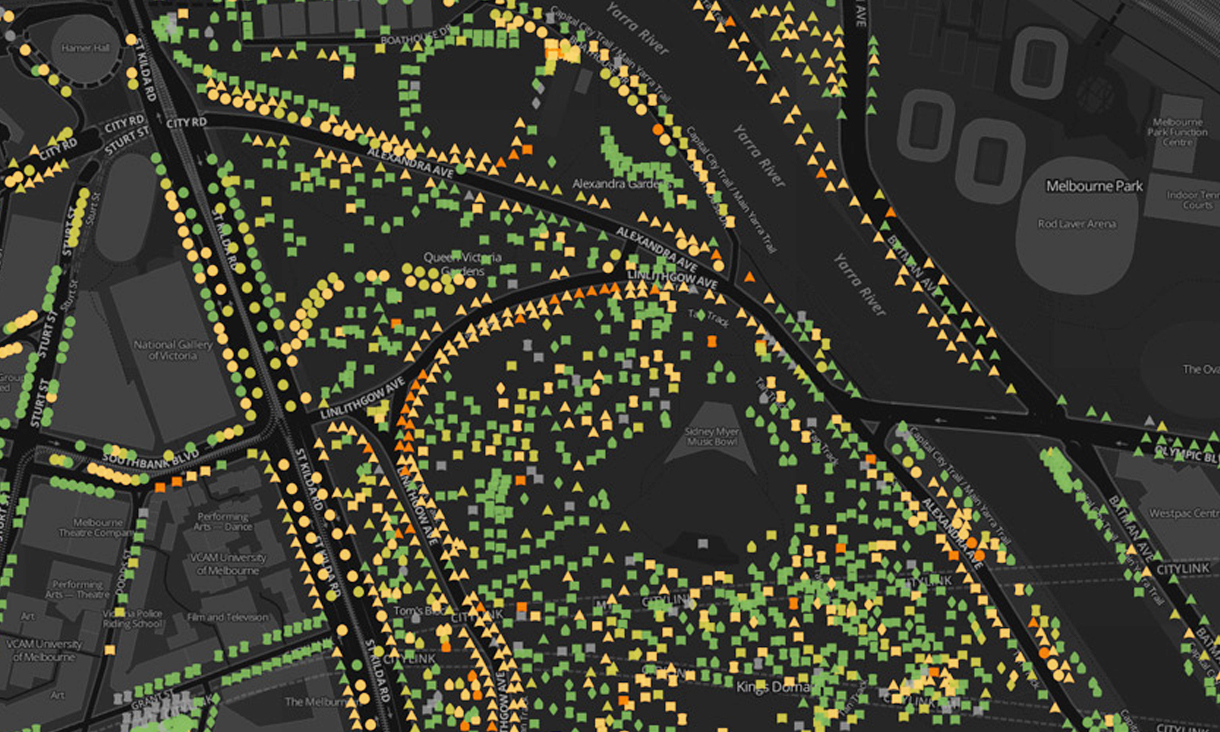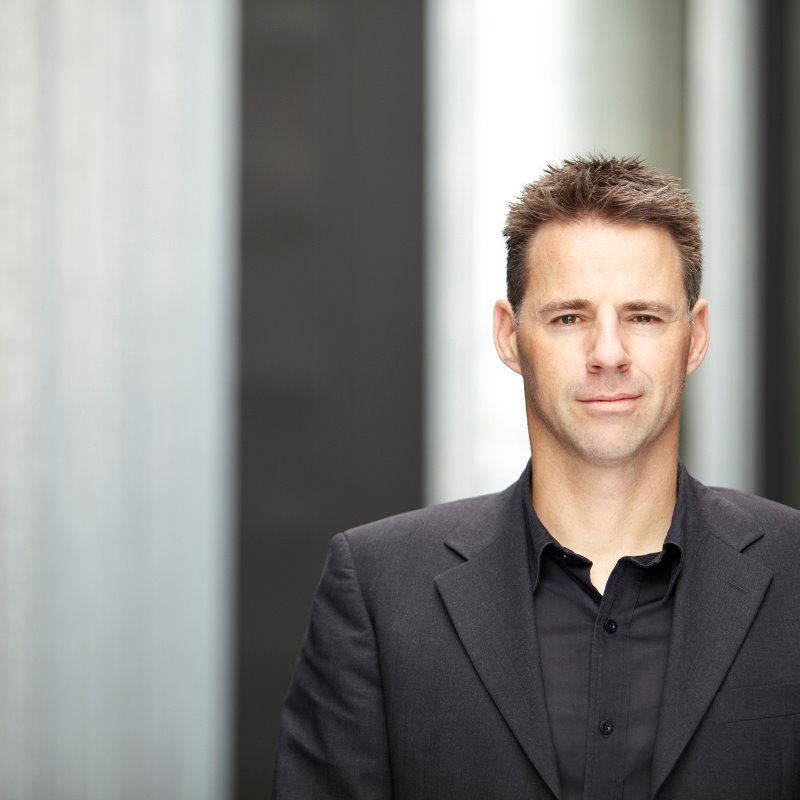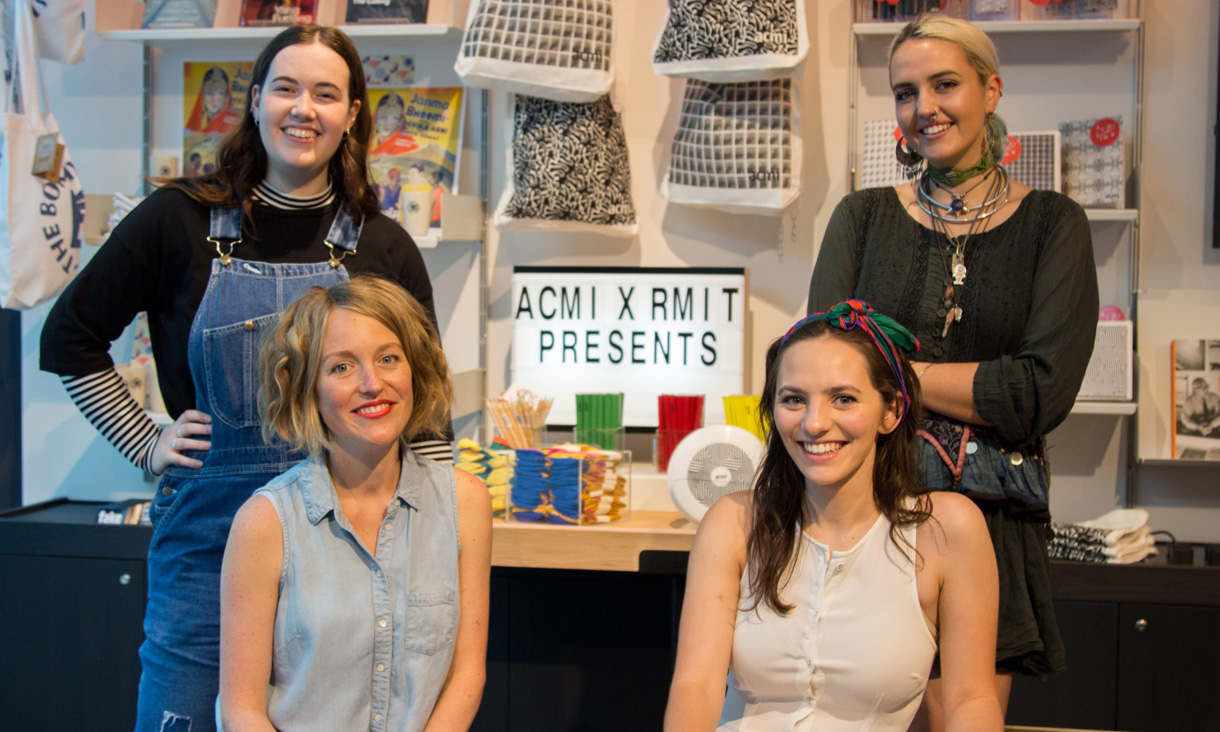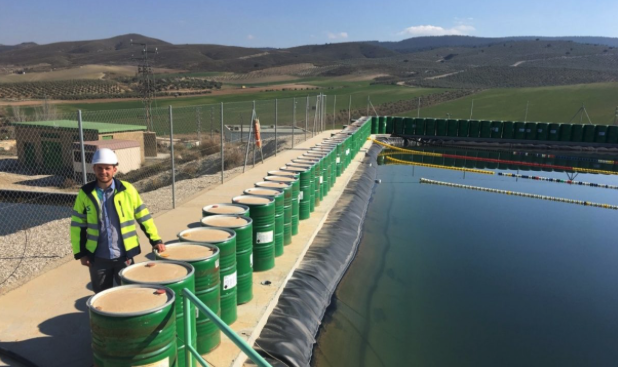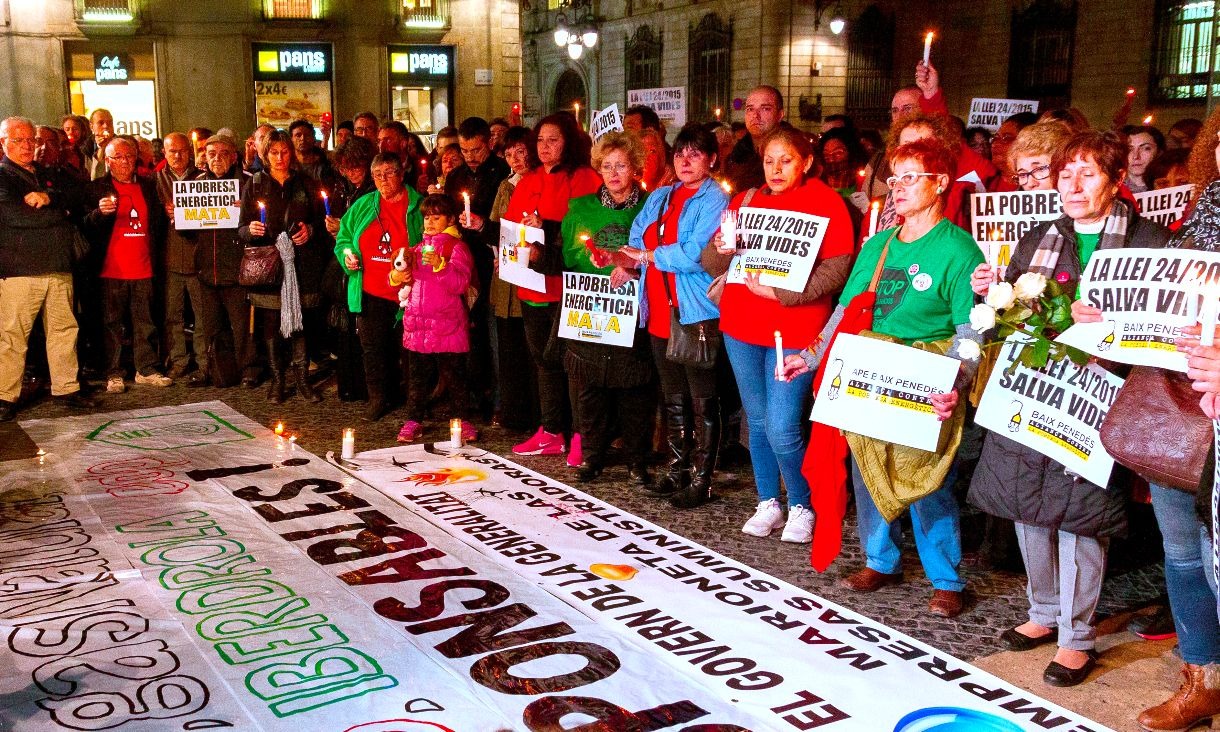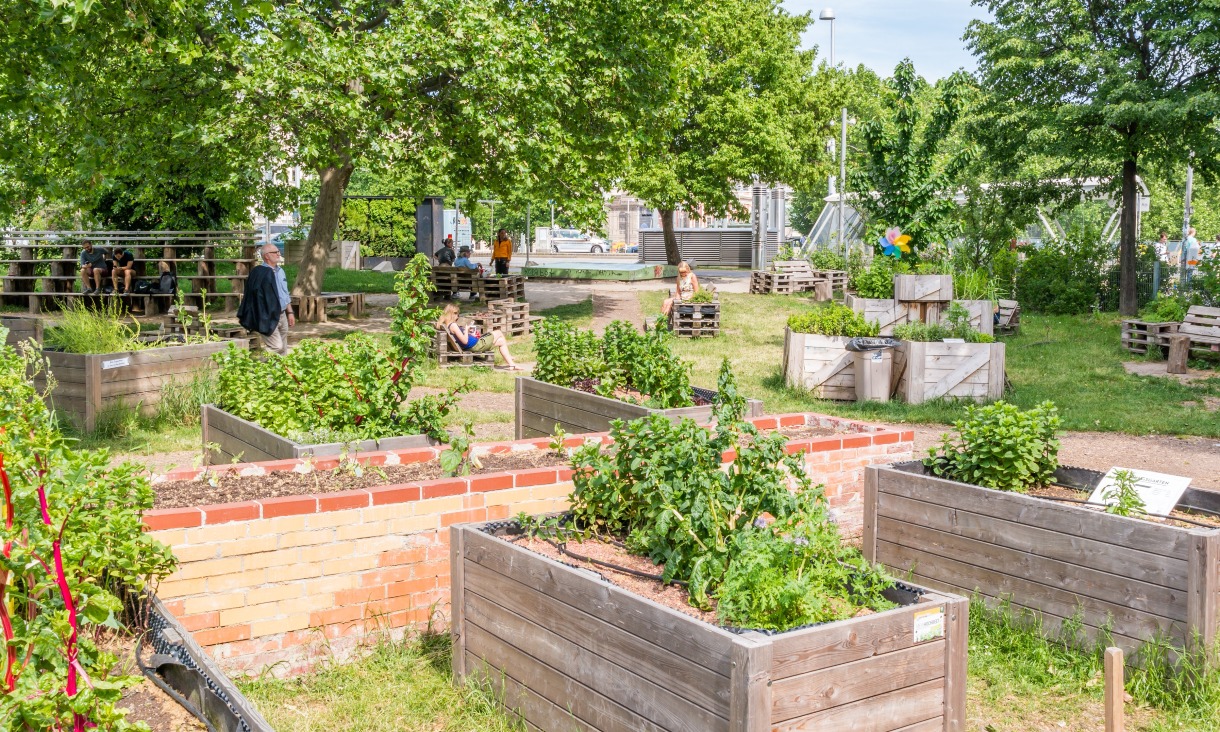RMIT students design ACMI’s first ever line of merchandise
The Australian Centre for the Moving Image (ACMI) has launched a fresh line of merchandise locally designed and produced in collaboration with RMIT textile design students.
RMIT student awarded European internship with industry leader
An RMIT engineering student has spent two months in the south of Spain working on an innovative solar energy project for one of the country's largest chemical groups.
RMIT report sheds light on energy poverty in Barcelona
More than 10% of Barcelona's population experiences energy poverty according to RMIT research commissioned by Barcelona City Council.
European funding award to create network of 'edible cities'
RMIT is set to help develop of a global network of cities focused on green infrastructure and food production solutions after being named a partner on a €11.5 million European research project.

